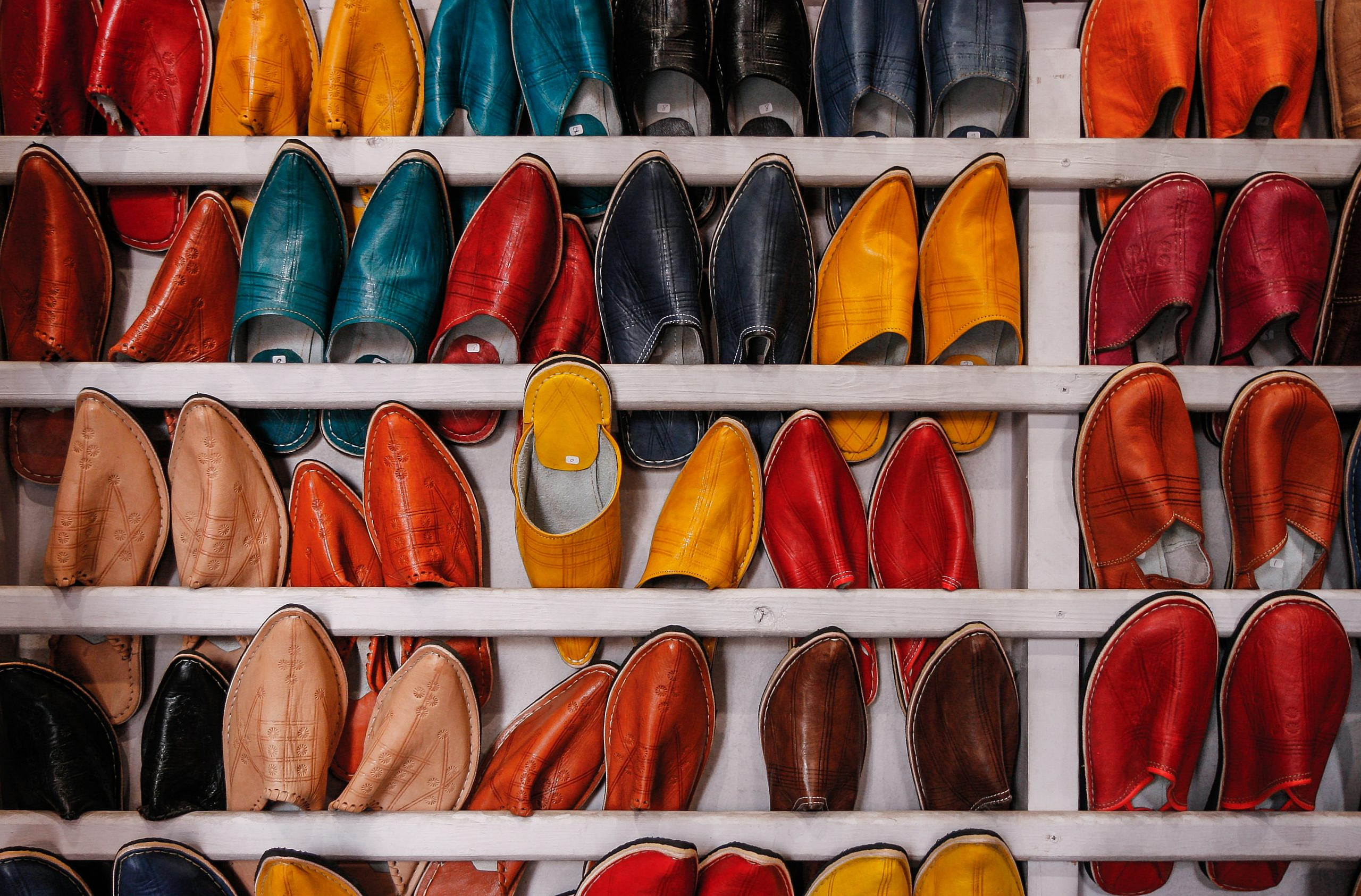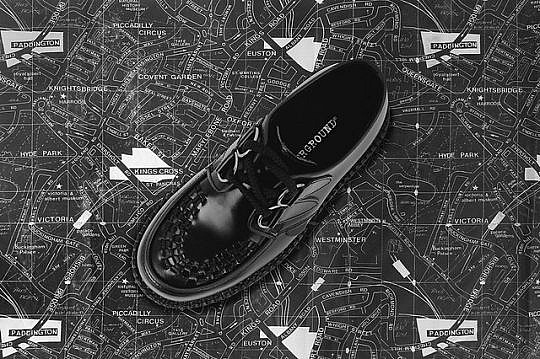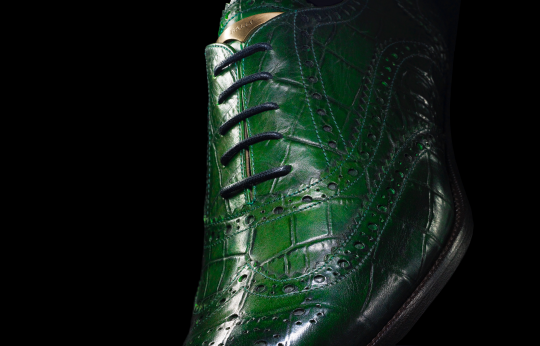Footwear manufacturing has come a long way over thousands of years, here’s a quick look at how it developed
The oldest known leather shoe was excavated by archaeologists in an Armenian cave in 2010. Carbon dated at 5,500 years old it is made from one piece of cowhide with a grass lining.
From those simple beginnings, the shoe industry has become the world’s largest user of leather, making 14 billion pairs of leather shoes a year.
After the ‘Armenian slipper’, the sandal is thought to be the first example of footwear specifically designed to fit the foot. The shoemaker was a valued craftsman in the Roman Empire (which dated back to 27BC). Sandals for civilians were usually unisex and made with cork soles and leather straps or thongs. Legionnaires, Roman Soldiers, had sturdier versions with hobnail soles. During the time of the Roman Empire, different styles of shoe began to appear. They were a great sign of power and status, and soldiers of higher rank were issued finer shoes.
During the Middle Ages, from about the fifth century, the turnshoe method was developed. As the name suggests, shoes were made inside out then turned, so the seams were on the inside of the shoe. This made them more stylish and, perhaps more importantly for the times, more water and dirt-proof. The addition of drawstrings and flaps with toggles ensured a better fit and allowed more decorative flourishes.
The turnshoe method of manufacturing dominated in Europe until around 1500, when the welted rand method began to appear. Here, the upper, outsole and insole were stitched together, improving durability and waterproofing. This method is very similar to that used by classic shoe manufacturers today.
Until the 19th century, there was no difference between left and right shoes, but as pattern cutting and sewing became more accurate and shoes began to fit better, differentiation became easier and more necessary.
The sewing machine was invented in 1846, and the manufacturing process became more industrialised but most of the work, cutting and shaping, continued to be done by hand.
In 1910, the process for manufacturing a stitchless shoe was developed. This resulted in mass manufacturing as soles which had always been laboriously stitched on by hand could now be glued on by machine.
But progress in manufacturing is not always seen as good. The finest shoemakers, from the venerable companies of Northampton in England to the US’s bootmakers to the Italian fashion houses, still pride themselves on producing shoes that are predominantly handmade. And, of course, made from the finest leather.
For more articles like this click here!








